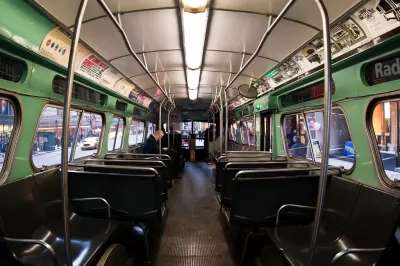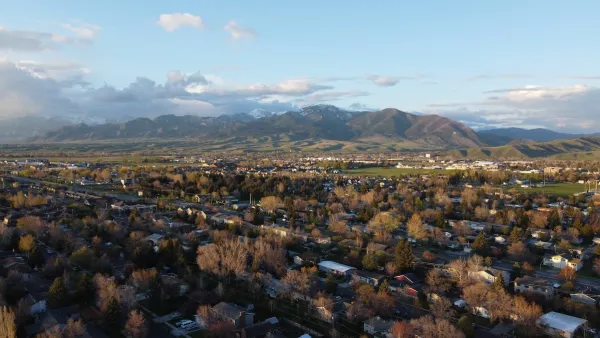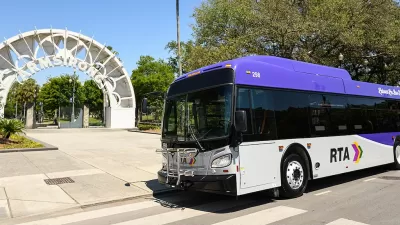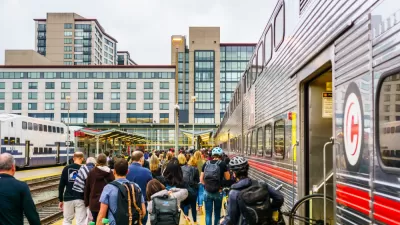Although federal transit funding is traditionally reserved for capital improvement and infrastructure projects, advocates argue that funding improved service could have transformative impacts on transit-dependent communities.

In a blog post, TransitCenter, a New York-based transit advocacy organization, joins other transit advocates in a call to making public transit funding a federal priority long after pandemic-related emergency measures are lifted. COVID-19 only served to highlight existing gaps in transit service and the stark inequities faced by transit users. "[A]fter the pandemic recedes, a federal program to support transit service could yield immense dividends," the blog notes.
"In most American cities, the fundamental shortcoming of transit is its sheer scarcity." Allowing "transit agencies to spend federal funds to run buses and trains" after the pandemic, while "a break with longstanding policy," is "the fastest way to deliver better transit networks, improve the experience of current riders, and increase ridership" through increased service.
TransitCenter offers an analysis of the projected effects of a $20 billion investment in transit service nationwide, which, according to an analysis by the Urban Institute, could "be more than enough to bring transit service in every U.S. urban area up to the level in the Chicago region." Such a program, TransitCenter argues, could yield immense benefits for transit riders. "Instead of cutting people off from opportunity, condemning households to struggle with high transportation costs, and overheating the planet, our transportation systems can advance economic fairness, racial equity, and climate action."
FULL STORY: Envisioning a Federal Program to Increase Transit Service

Planetizen Federal Action Tracker
A weekly monitor of how Trump’s orders and actions are impacting planners and planning in America.

DARTSpace Platform Streamlines Dallas TOD Application Process
The Dallas transit agency hopes a shorter permitting timeline will boost transit-oriented development around rail stations.

Four Reasons Urban Planners Can’t Ignore AI
It’s no longer a question of whether AI will shape planning, but how. That how is up to us.

Texas State Bills to Defund Dallas Transit Die
DART would have seen a 30% service cut, $230M annual losses had the bills survived.

Bikeshare for the Win: Team Pedals to London Cricket Match, Beats Rivals Stuck in Traffic
While their opponents sat in gridlock, England's national cricket team hopped Lime bikes, riding to a 3-0 victory.

Amtrak’s Borealis Exceeds First Year Ridership Expectations
205,800 passengers have boarded the St. Paul to Chicago line, well above initial MDOT projections.
Urban Design for Planners 1: Software Tools
This six-course series explores essential urban design concepts using open source software and equips planners with the tools they need to participate fully in the urban design process.
Planning for Universal Design
Learn the tools for implementing Universal Design in planning regulations.
City of Mt Shasta
City of Camden Redevelopment Agency
City of Astoria
Transportation Research & Education Center (TREC) at Portland State University
US High Speed Rail Association
City of Camden Redevelopment Agency
Municipality of Princeton (NJ)





























